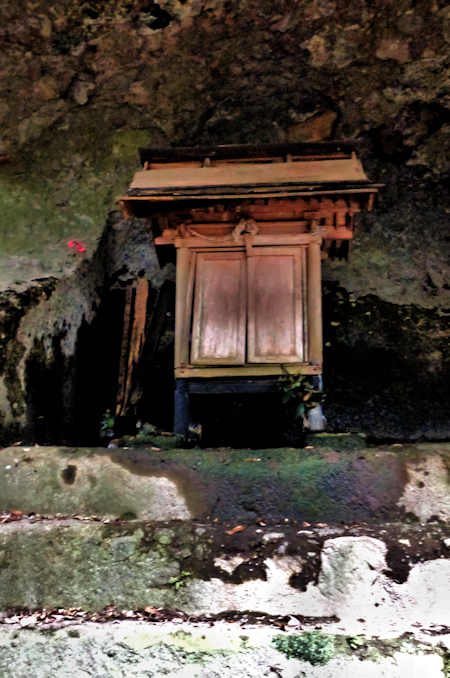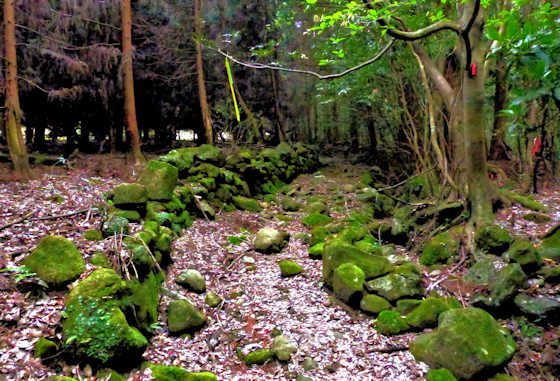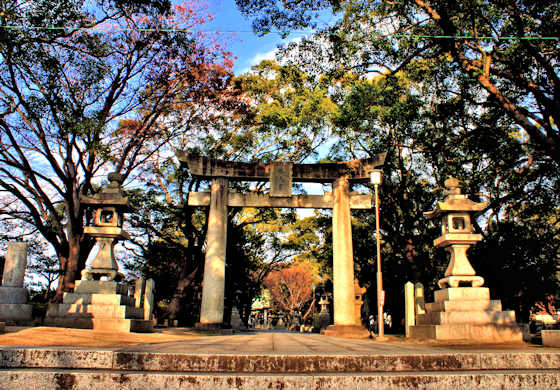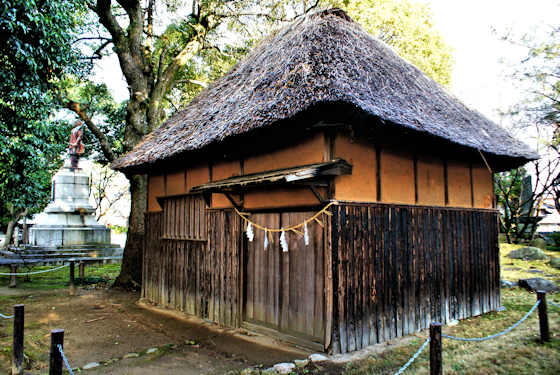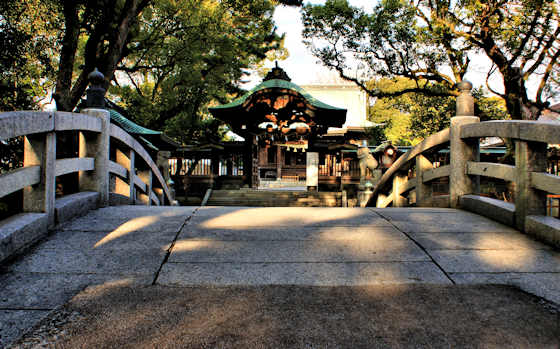Thursday, January 13, 2022
Mishima Shrine & Misosogi Shrine
Tuesday, January 11, 2022
Suitengu Shrine Kurume
Kurume 久留米
Friday, January 7, 2022
Kingenji Temple
金源寺
Thursday, January 6, 2022
Taishi-ji Temple 5 on the Kyushu Pilgrimge
Tuesday, January 4, 2022
Omori in 2D
Omori
Sunday, January 2, 2022
Miscellaneous Statues along the Hita Kaido
Statues along the Hita Kaido
One of the subjects I focus on finding as I walk the roads and lanes of Japan is sculptures. On my walk along the Hita Kaido, the old highway running East out of Kurume, I encountered a huge number of them I've posted about the large number of Ebisu statues along the road. Ther were so may I did a second post. One town along the way had lots of Kappas, and of course, I recently posted a lot of Komainus.
This time I want to show you a selection of other statues from that day's walk that don't fit the other categories.
The top photo is of a small shrine that has a diverse collection of statues left by different parishioners over time. In this particular instance, all the statues are Buddhist, but very often they are a mix of Buddhist, Shi to, Daoist, secular, and occasionally, Christian statues.
Friday, December 31, 2021
Omori Historic Preservation District



